
The Addington
@TheAddingtonGC
Est. 1913. The world’s only Abercromby/Colt golf course. Nine miles from Central London. Restoration work underway with Messrs Clayton, DeVries & Pont
The great thing about peeling back the layers on a classic course are the things you uncover in the process. Endless shot types with the mounding and the short grass surrounds, you could spend all day chipping around the green!
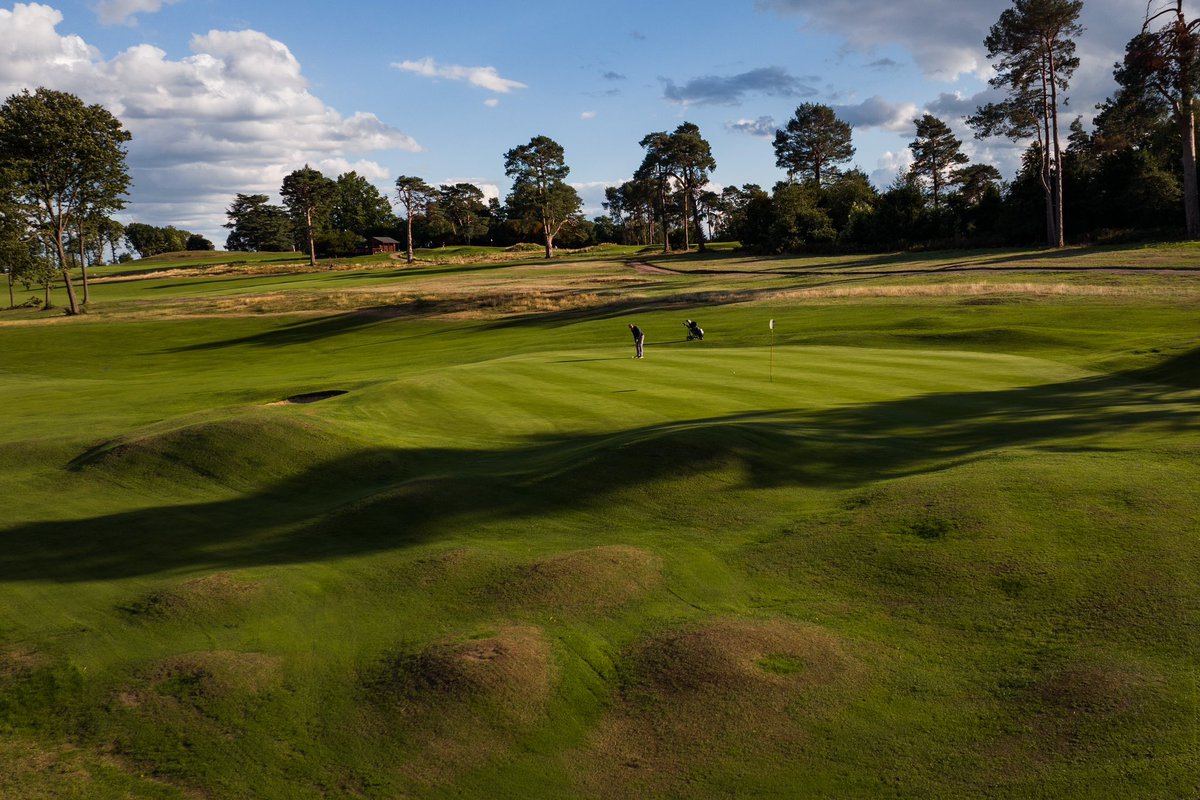
Our long 13th – "With the exception of the 5th at Pine Valley, the greatest one-shot hole in inland golf." – as once described by Henry Longhurst.
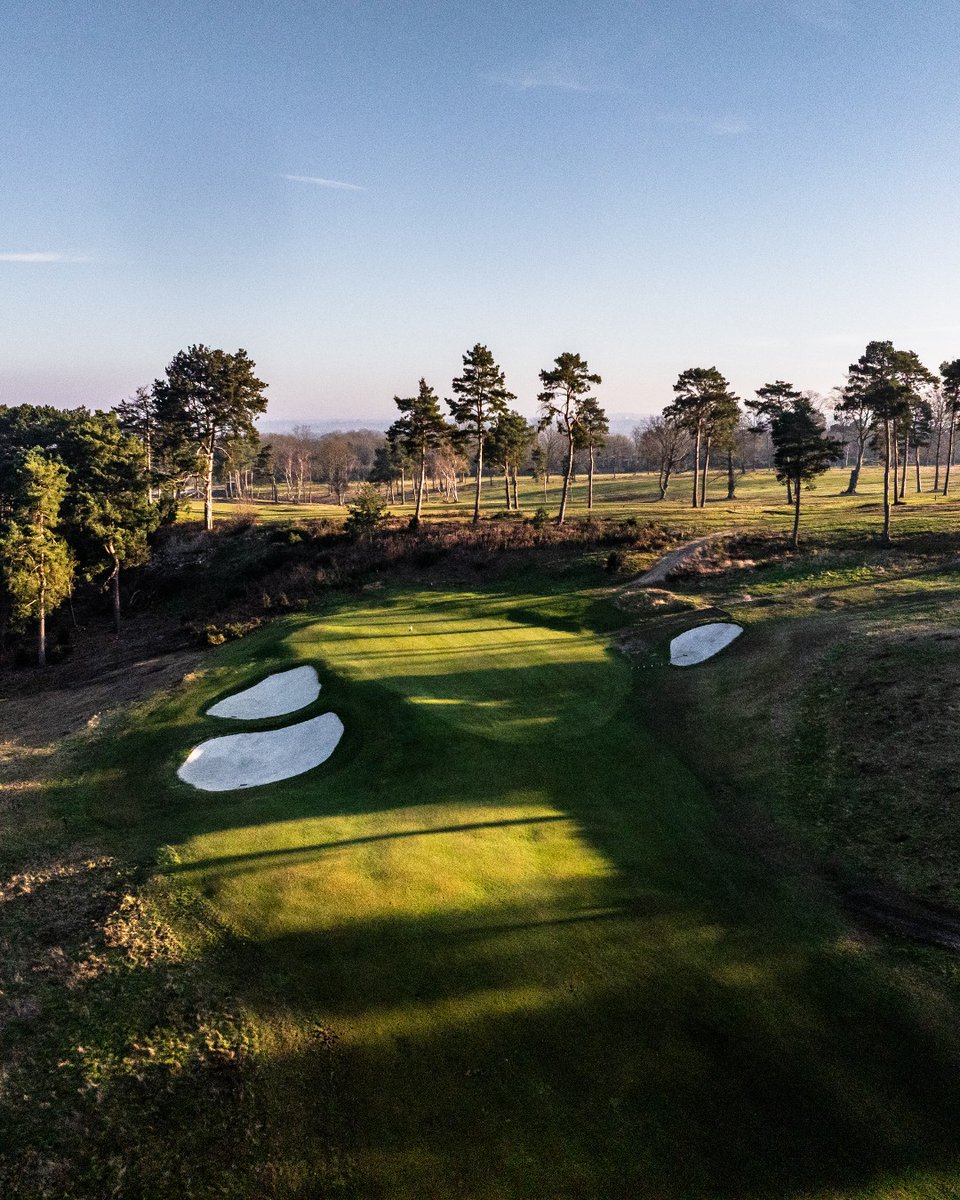
We’re looking for a Mechanic in our green keeping team!
BIGGA Career Opportunity - Mechanic bigga.org.uk/career/mechani… @TheAddingtonGC
Expansion work on the 11th green is now complete, creating new pin positions right up to the bunkers and run-offs. The restored back-left bowl will be great fun to play to, though it'll be a serious challenge when the alternative tee is built to the right of the 10th green.

Mike DeVries from @cdpgolf1 discusses how Perdu's restoration came about.
"The Addington is one of the finest examples of a golf course where the land itself dictates the design, and it is a joy to work with. The natural beauty and challenge it offers are unparalleled." - Harry Colt.
The 14th green with London’s skyline in the distance. The fairway here will soon hug the tree line, which covers a cliff-like drop, allowing players to chase the preferred angle up the left and flirt with a hazard that has been hidden for generations.
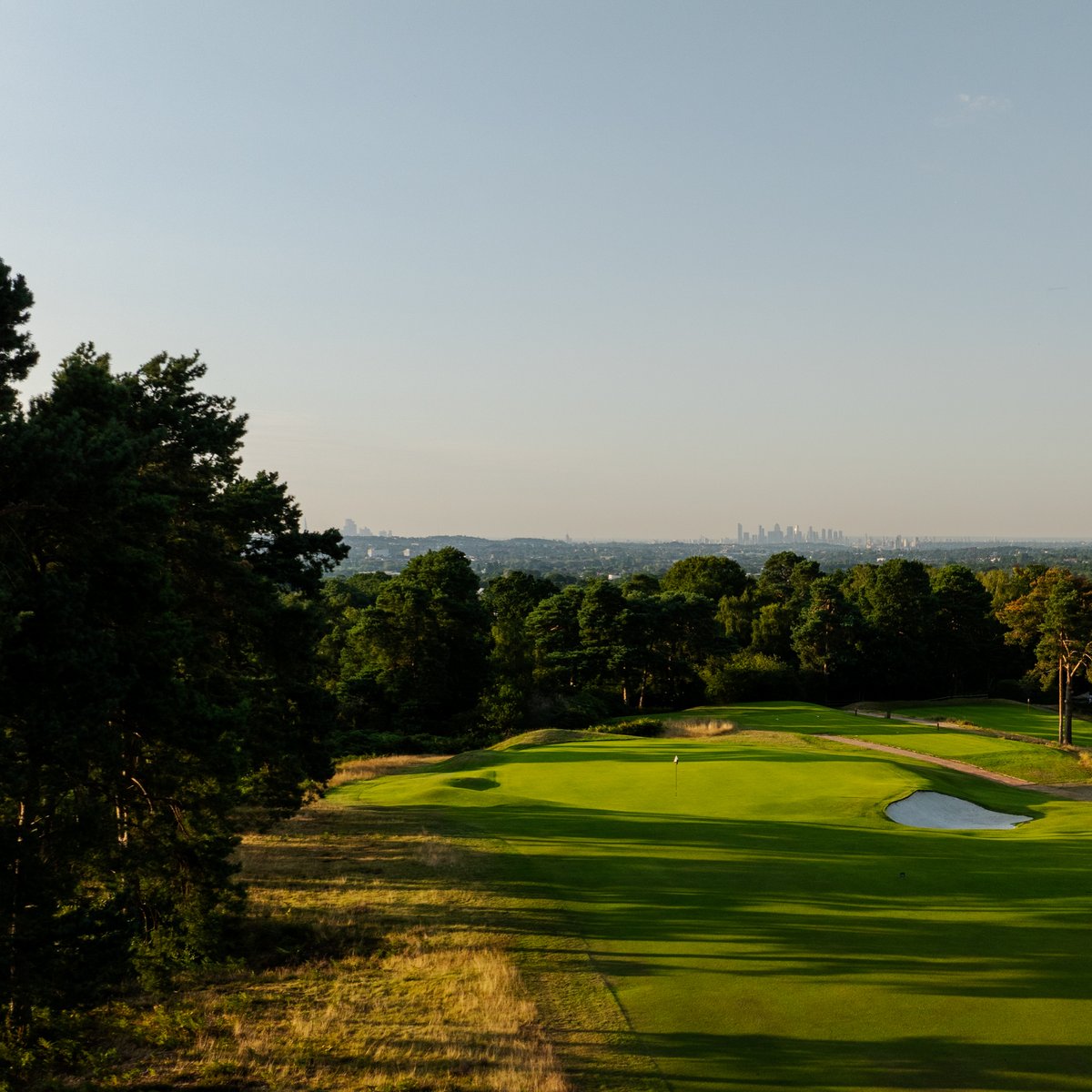
The current fifth – soon to be the first when we switch back to the originally planned layout by Abercromby & Colt – features a vast, bumpy fairway that offers players the option to chase angles off the tee or provides ample room for the first swing of the day.
Improved playing corridors have allowed the course to come alive with colour in summer. Firm, green fairways are bordered by brown native areas, with purple heather soon to bloom as well.
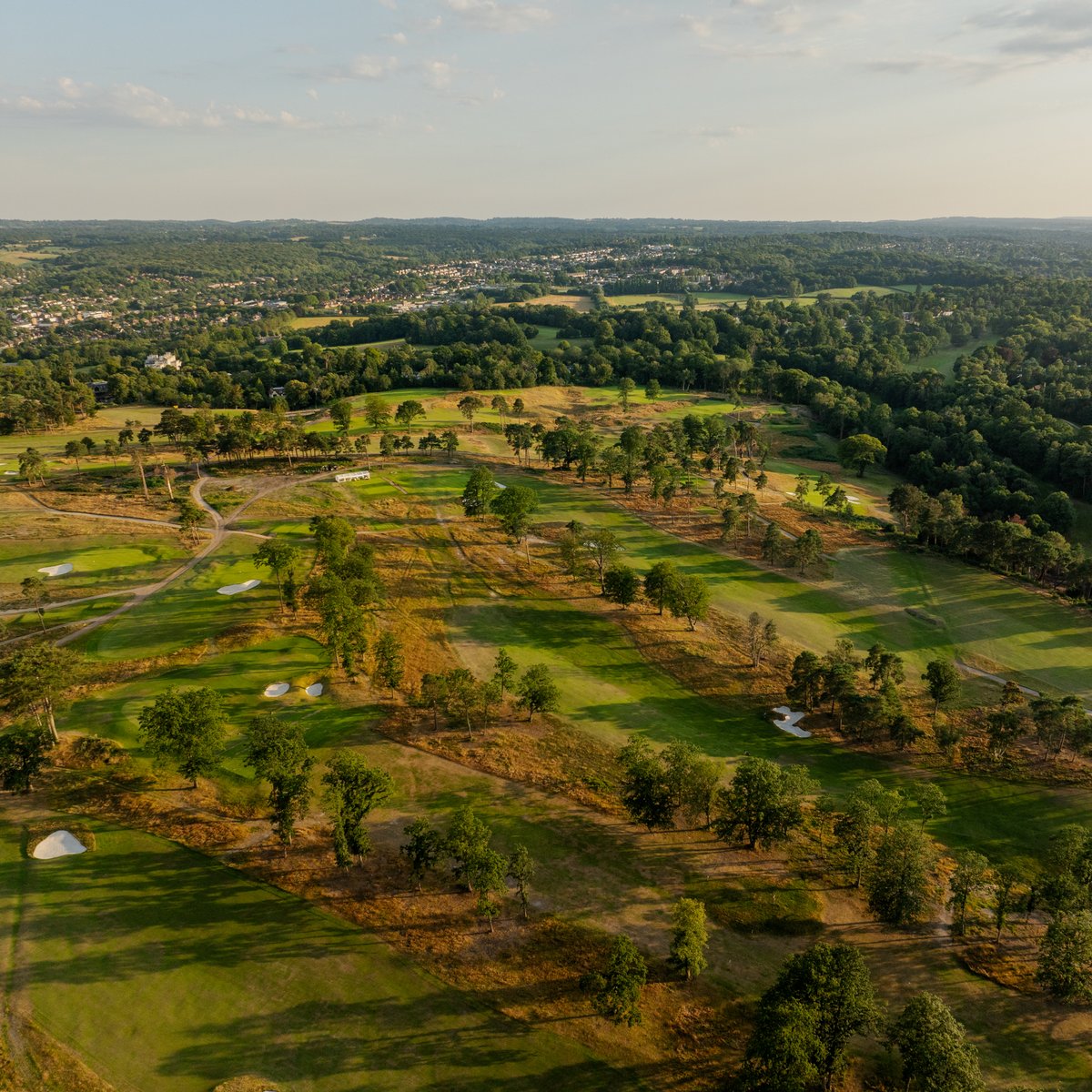
Course Manager Jonathan Taylor discusses why the 12th is his favourite hole.
The original humps surrounding the 4th green were once covered in semi-rough, softening their contours and requiring little imagination to navigate. Now shaved down as things once were, a missed green here presents some incredibly unique shots.
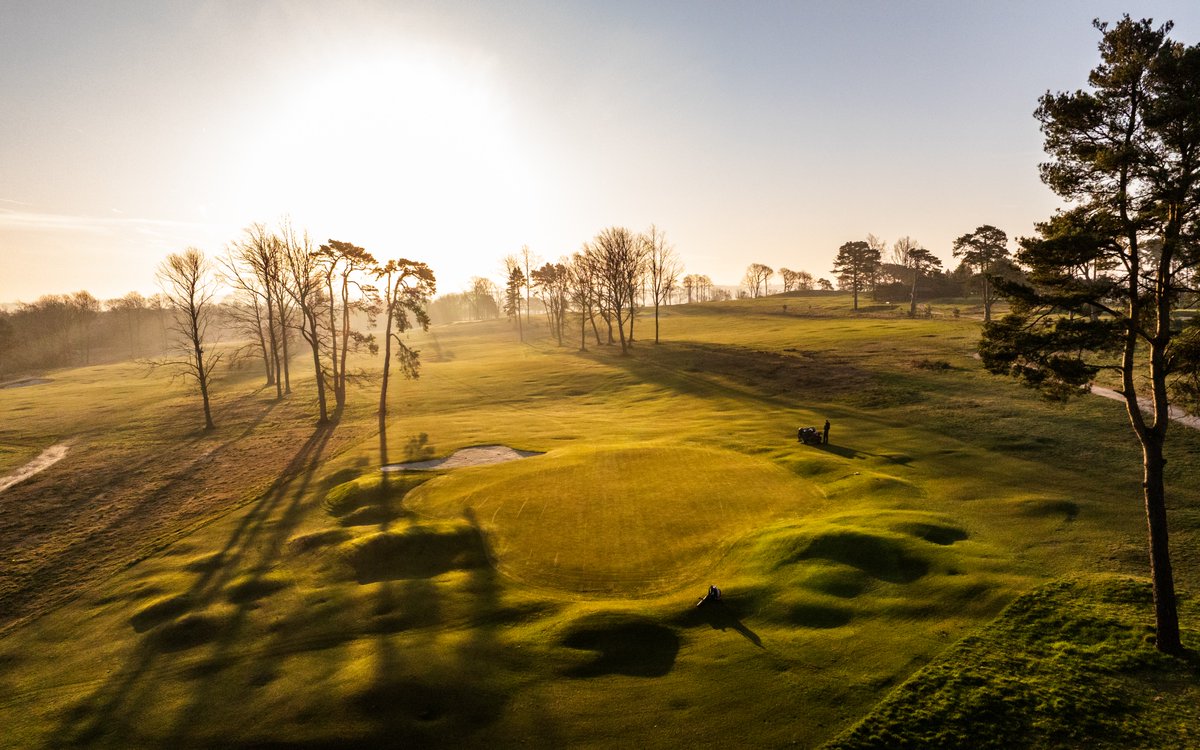
It’s clear that Abercromby designed our 13th as a par 3.5, with ample room short of the green leaving a simple pitch for those not wanting to leave themselves in a bunker, or short-sided, for their second.
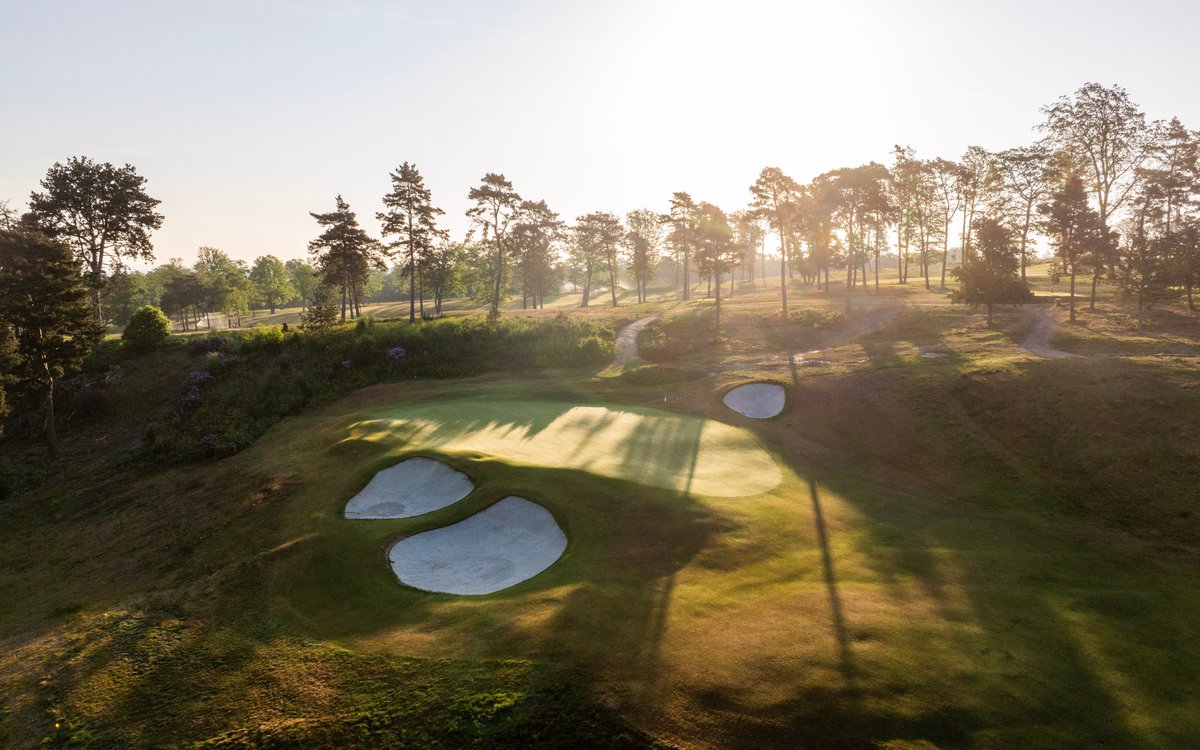
Alongside ongoing renovation work, Jonathan and his team have the course dialled in — firm, fast, and playing just as Abercromby and Colt intended.
The view from above our clubhouse now reveals glimpses of more than nine holes — triple what it was before the project began.
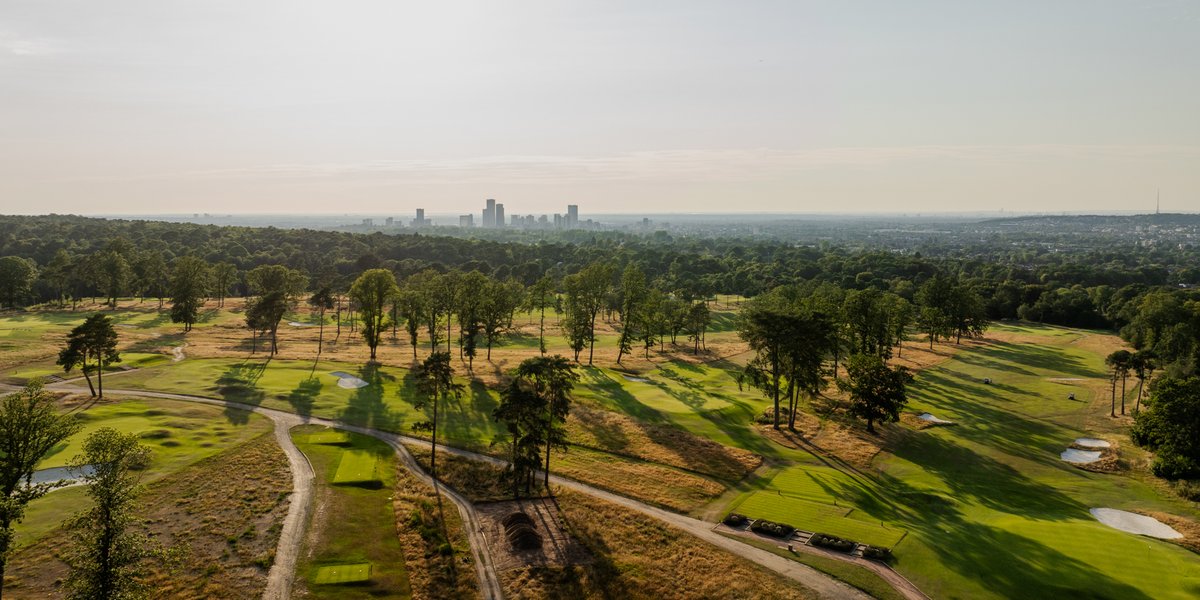
May 1930 — the great Bobby Jones and the US Walker Cup team practise on the New Course at The Addington before heading to Royal St George’s, where they’d go on to win emphatically, 10–2.
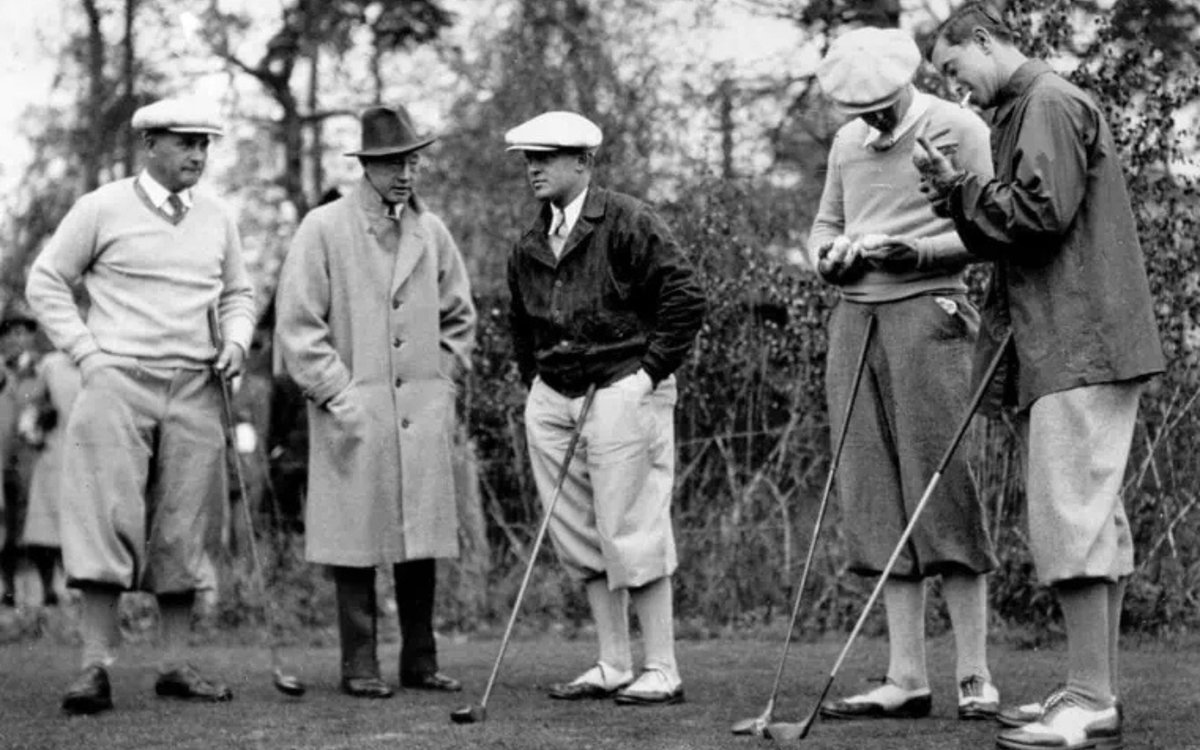
Course Walk, Part 7: The evolution of the famous 12th hole — and why we removed the heather on the approach last year.
A good test of our restoration work is whether Colt and Abercromby would recognise the course today. @mikeclaytongolf seems to think they would — but a few years ago, they certainly wouldn’t have.
The dramatic land movement of the 12th hole, seen from above — with Perdu’s green sitting right next door.
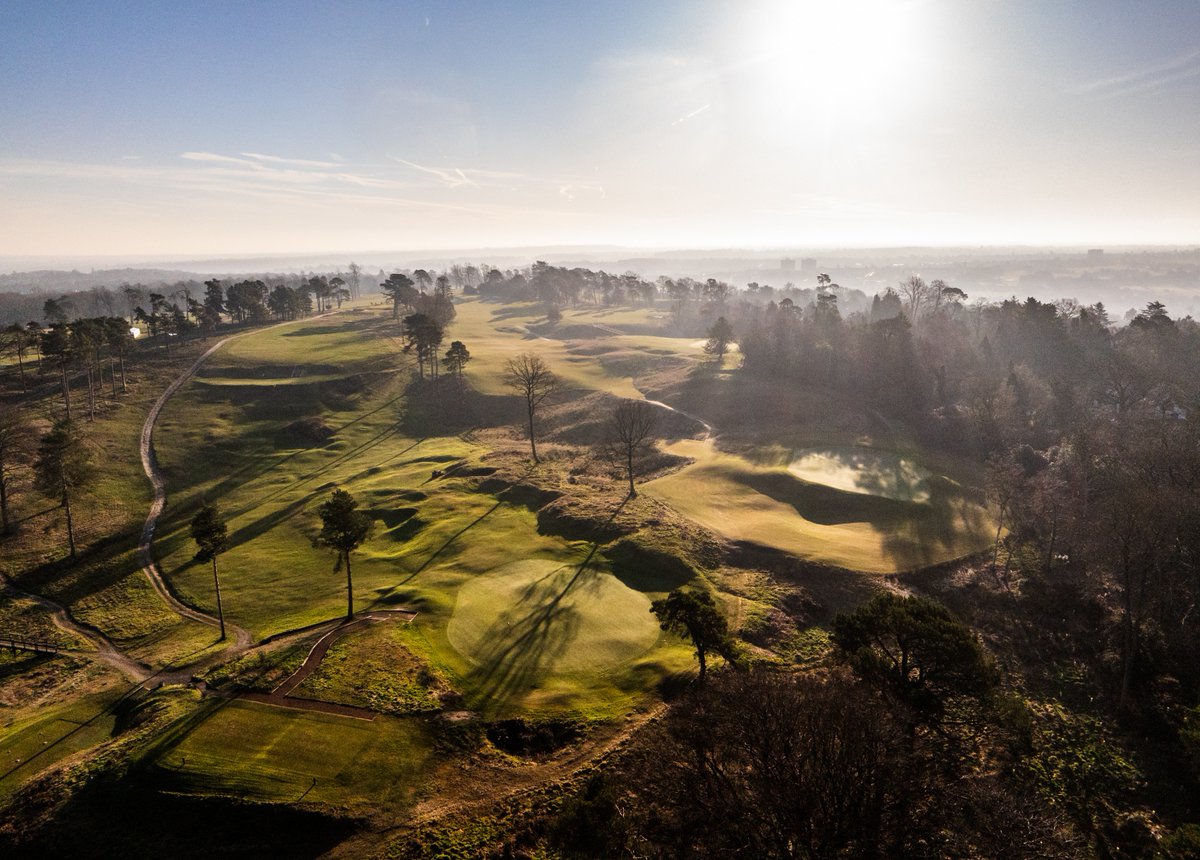
A bird's-eye view of the seventh green, which will appear minuscule in comparison to the same green 12 months from now. When fully restored, the back half of this green—which will be 90 yards long—won't even be visible in this photograph.

Course Walk, Part 5 – False fronts across our course, being brought back to life by our restoration.